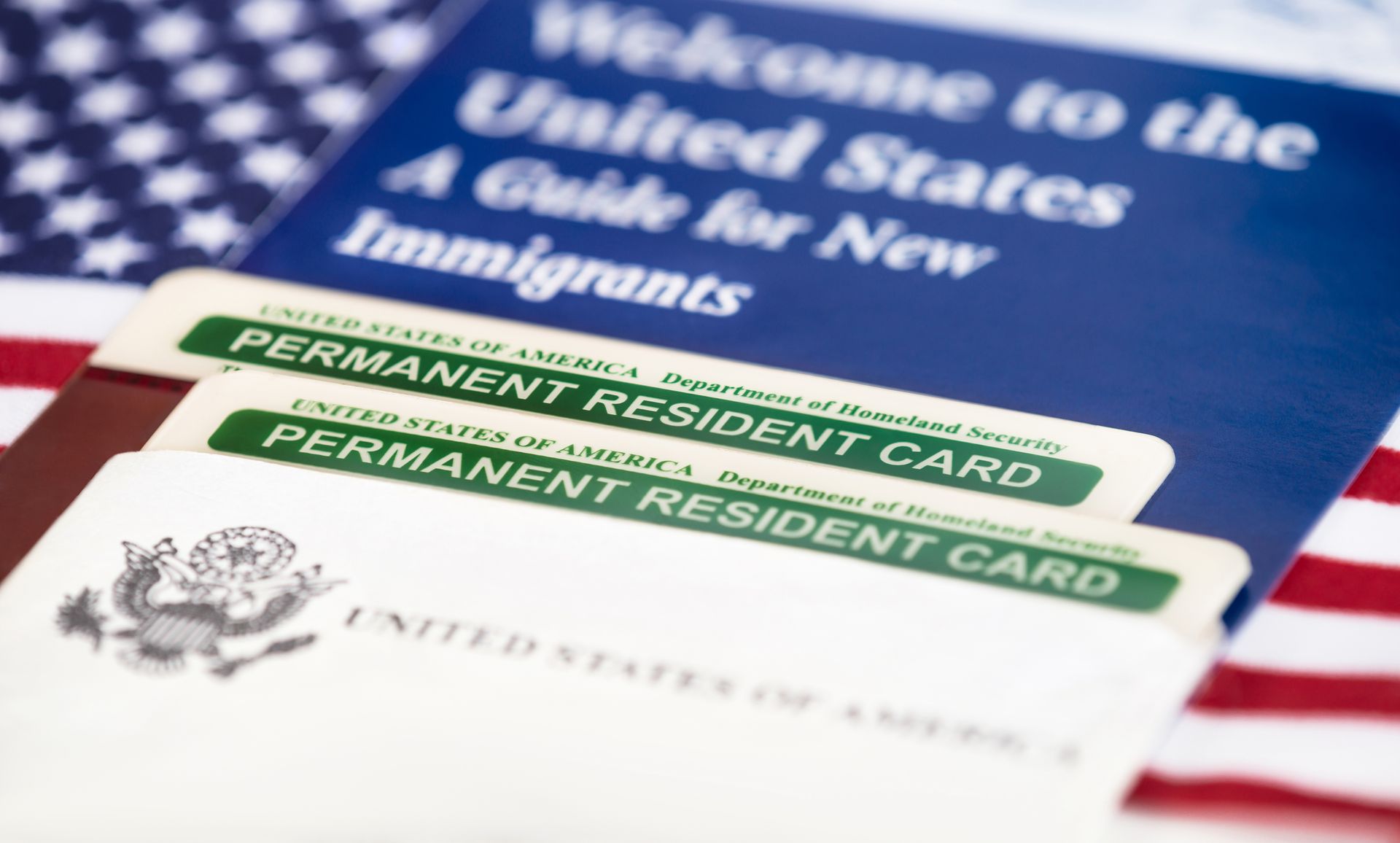Understanding Removal Proceedings: What to Expect in Immigration Court
Understanding Removal Proceedings: What to Expect in Immigration Court
If you’ve received a Notice to Appear in immigration court, it’s normal to feel anxious and uncertain. Removal proceedings can determine whether you are allowed to stay in the United States, and the process may seem intimidating at first. By learning what to expect, you can approach your case with greater clarity and prepare for the steps ahead.
What Are Removal Proceedings?
Removal proceedings are the formal legal process the U.S. government uses to determine whether a non-citizen can remain in the country or must be deported. These hearings are held before an immigration judge, and the Department of Homeland Security (DHS) acts as the government’s attorney.
Common reasons people may face removal proceedings include:
- Overstaying a visa
- Entering the U.S. without authorization
- Violating the terms of a visa
- Facing certain criminal charges
The Notice to Appear (NTA)
The process usually begins with a Notice to Appear, which outlines why the government believes you should be removed from the country. The NTA includes details such as:
- The allegations made against you
- The section of the law you are accused of violating
- The date, time, and location of your first hearing
Types of Hearings in Immigration Court
- Master Calendar Hearing
This is the first court date. It is typically short and focuses on scheduling and preliminary matters. During this hearing, the judge explains the charges, asks how you plead to the allegations, and schedules future hearings. - Individual Hearing
At this stage, your full case is heard. Both you (and your attorney, if you have one) and the government attorney will present evidence, witnesses, and arguments. The judge will then make a decision regarding your case.
Possible Defenses and Relief Options
Not every person in removal proceedings will be ordered deported. Depending on your situation, there may be legal defenses or forms of relief available, such as:
- Applying for asylum or withholding of removal
- Requesting cancellation of removal for certain permanent residents or non-residents
- Seeking adjustment of status if you are eligible for a green card
- Applying for waivers of inadmissibility in specific circumstances
Each case is different, so the relief available depends on your immigration history, family ties, and other factors.
What to Expect From the Judge’s Decision
After your hearing, the immigration judge will either grant relief or issue an order of removal. If you disagree with the decision, you may have the right to appeal to the Board of Immigration Appeals (BIA).
Why Guidance Matters
Immigration court can feel overwhelming, especially if you are unsure of your rights and options. Having someone by your side to explain each step, prepare documents, and represent your interests can make the process less confusing and help you avoid mistakes.
How ARC Legal Services Can Help
At ARC Legal Services, LLC in Fort Worth, Attorney Arzoo Connor helps clients facing removal proceedings understand their options and build strong defenses. She works closely with you to prepare for court and provides clear communication throughout the process, so you never feel left in the dark.
Take the Next Step Today
If you or a loved one is in removal proceedings, don’t wait to get the support you need. Your future in the United States may depend on the choices you make now.
Call ARC Legal Services, LLC today at 469-848-4151 to schedule a consultation and take the first step toward protecting your future.











